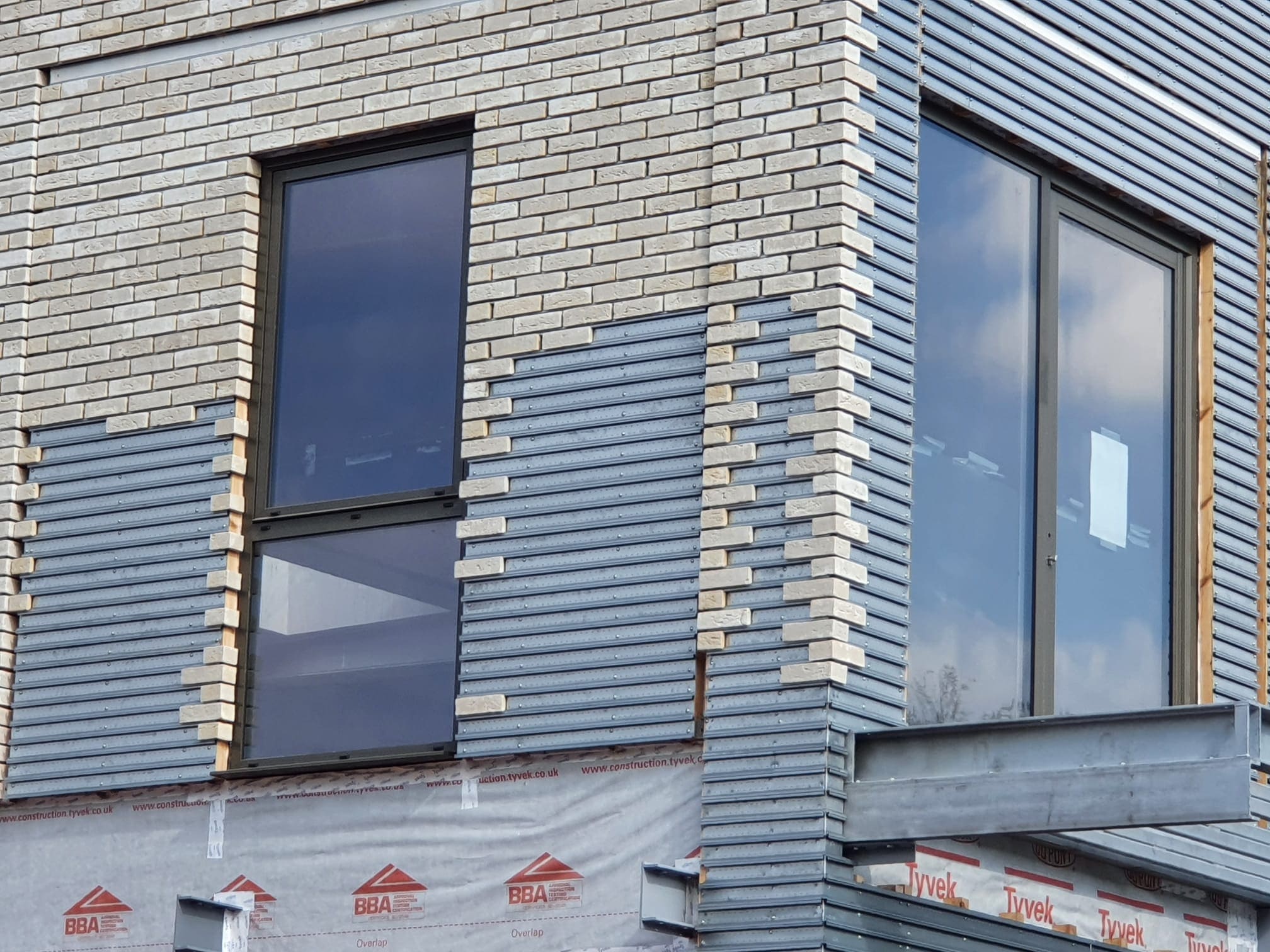 588
588
 0
0
HMOs vs Coliving
A significant drop in the number of HMO properties in England over the last two years underlines the shrinking HMO market. The total number of HMOs across England declined by over 21,000 to 489,701 in the last two years. The yearly rate of decline was the highest in the East Midlands as the stock HMOs dropped by 26.1 percent, followed by North East, London, and North West. The reduction in the HMO market size is despite a considerable demand for affordable rental properties.
Causes of the decline in HMO
Eviction problems, nuisance by tenants, and strict regulations are a few causes of the shrinking HMO market. New regulations require that all HMO properties accommodating five and more persons to apply for a license. The regulations also mandated the size and number of occupants of the House of Multiple Occupancy. The HMO regulations aim to improve the living standard of occupants. Yet many HMO landlords chose to exit the HMO sector, fearing the red tape. It cannot be ignored that yhis has been another cause of the shortage of affordable accommodation and soaring rents as demand outstrips supply.
Demand is outstripping supply across PRS
Demand is outstripping supply across PRS
The widening gap between demand and supply in the Private Rental Sector echoes in the HMO market. The recent analysis by Octane Capital showed a growing trend of shrinking HMO stock across England. The resumption of regular university terms generates the demand for student accommodation, which forms the main chunk of HMO properties. However, one sees more ads for rental homes than those for rooms on rent. Young working professionals often prefer HMO accommodation because of the convenience and affordability.
Benefiting from the need for more housing
Benefiting from the need for more housing
The UK government is struggling to reach any of its housebuilding targets, as new housing supply continues to be far below the actual requirement. The situation will probably persist through the current decade. We must identify new avenues to address the demand-supply gap. The nation needs new rental units to be created by repurposing the HMO properties.
Enter the rise of Coliving
Enter the rise of Coliving
If the government has all its hopes pinned on the rise of coliving to address the lack of affordable housing that will take some time. It is a mathematical certainty that Coliving will be a success and major part of future UK housing stock. For some entry-level Apartments are the only opportunity to try to hit the goal of not spending more than 35-40% of income on housing expenses. However, it is taking time for Local Authorities to want to get fully behind it.
The institutions argue that coliving also eliminates financial liability or conflict with roommates during a joint contract and can be a source of well-being. Coliving Apartments offer residents a demarcated private space. Concept-driven purpose-built co-living can be cluster flats akin to purpose-built student housing (shared kitchen, own shower room), or, thoughtfully designed self-contained compact living pods with their own en-suite bathroom and basic cooking facilities to eliminate the hassle of sharing. Promoted as the natural next choice for 25 to 35-year-olds looking for a devoted lifestyle beyond purpose-built student housing, they are gaining popularity fast.
Coliving set to be a popular trend
Coliving set to be a popular trend
The price point for HMOs is lower than Coliving so investing in HMO properties built properly to the regulation is a prudent decision, demand will only continue to rise. The millennial generation is comfortable with the idea of house sharing. Understanding the shift in trends and behaviors of the younger generation can help landlords adapt HMOs to suit their tastes. Young professionals prefer upscale fixtures, quality accommodation for remote working, and an incline to community living. Perhaps we will see new mid-size HMOs emulating coliving and trying to offer some shared amenity spaces with instant Wi-Fi connectivity thrown in.
The takeaway
The takeaway
The HMO sector provides an excellent long-term investment opportunity, as the rental yield is higher than a regular buy-to-let. But one must get to grips with stricter licensing and regulations, minimum room sizes, and more. HMOs are suitable for flexible housing options and can effectively address the problem of affordable housing. The shrinking HMO market can offer above-average rental returns for investors as it opens a new investment avenue with the rising demand for co-living accommodation. Ringley supports institutions in the coliving market and is a fountain of advice on all aspect of the living sector.





Meet our Expert Property Commentators



























